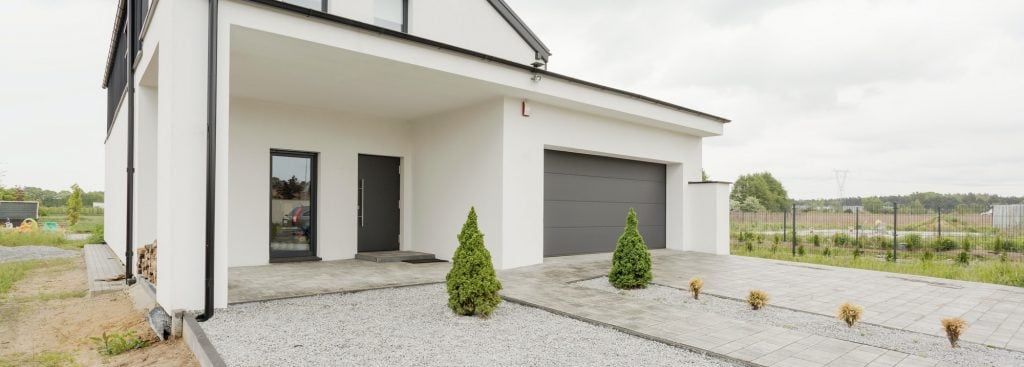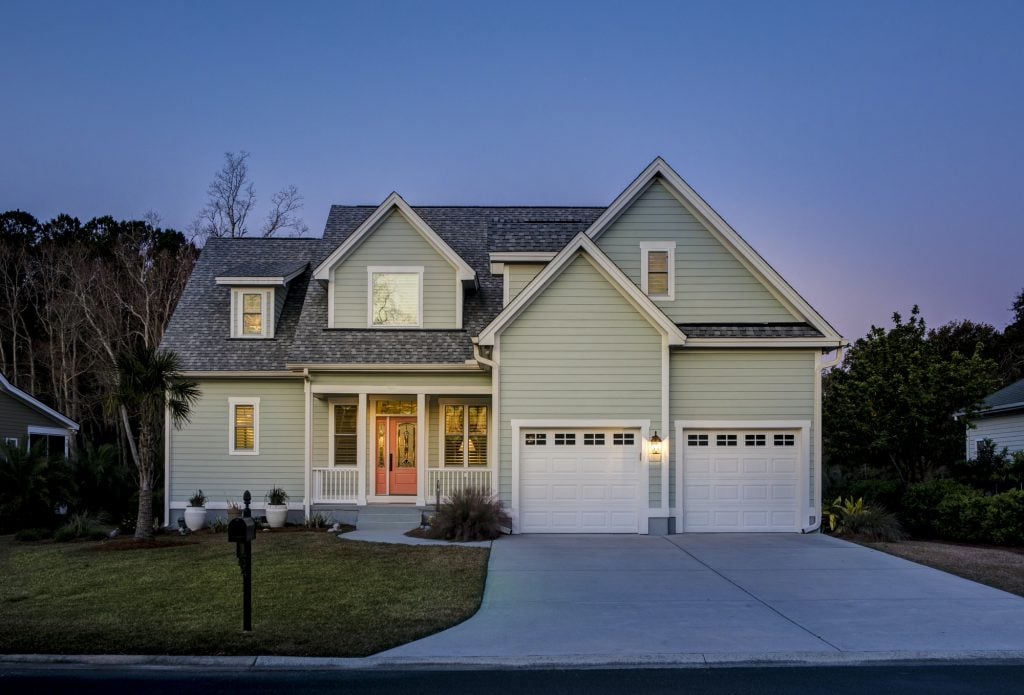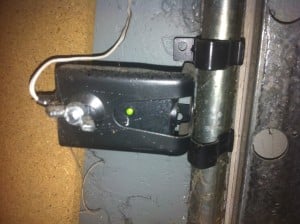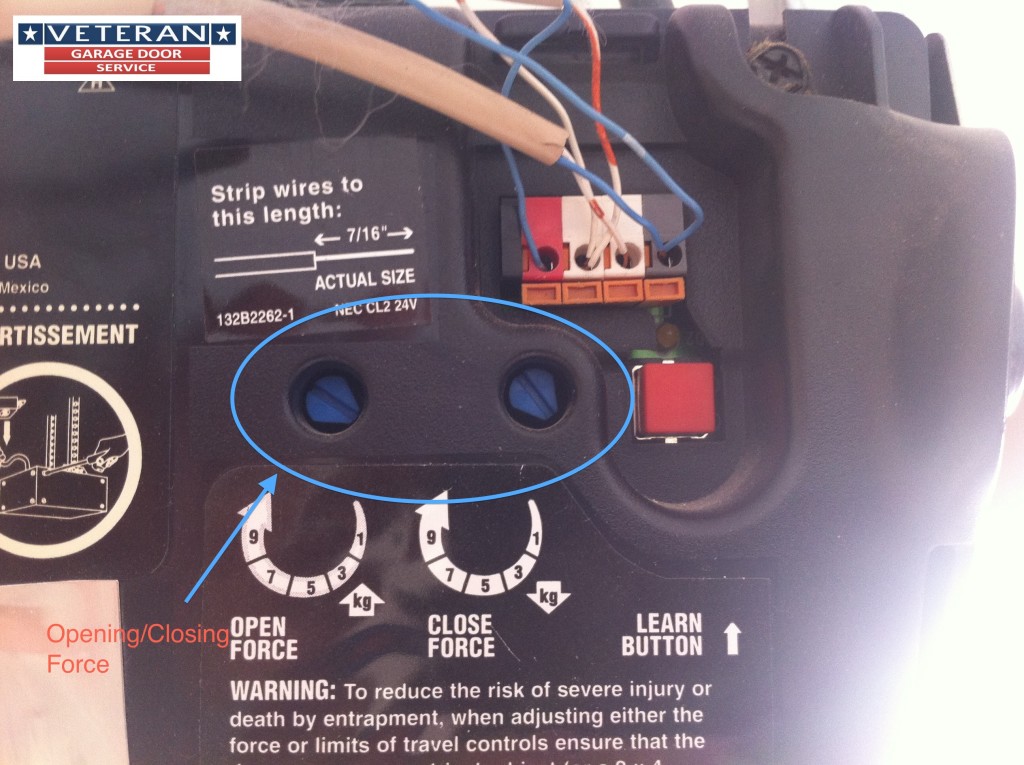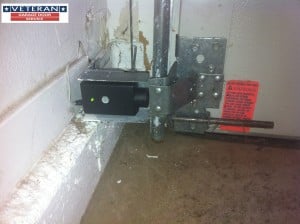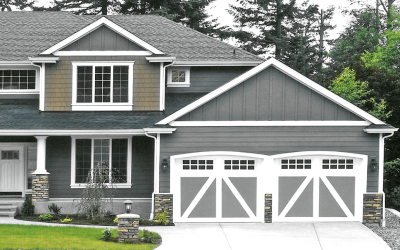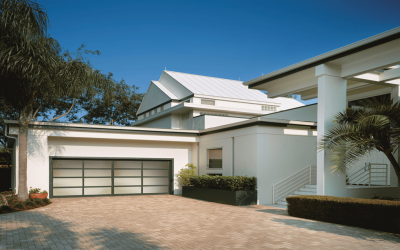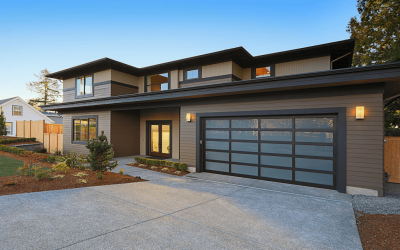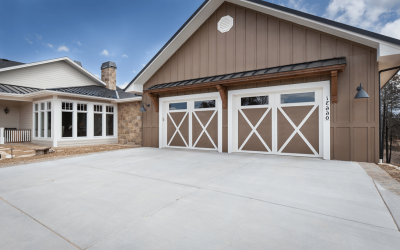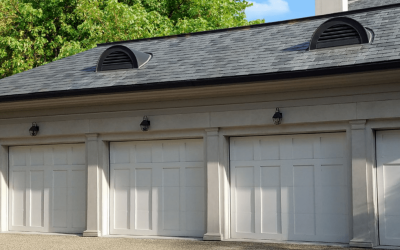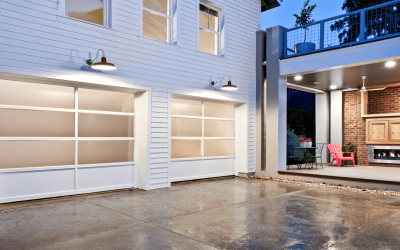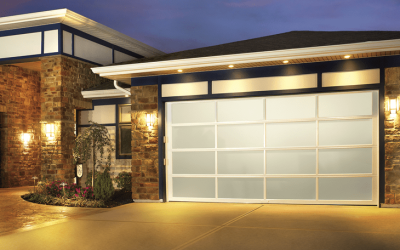Why won’t my garage door close in the morning, but will close
at night?
Garage doors operate as a system and several things could cause your door to not close in the
morning, but will close at night. If the door starts down and reverses accompanied by the
opener lights flashing and a clicking sound, this indicates a safety eye sensor issue.
It could also
be caused if the door is meeting some type of resistance. If the motor senses resistance it will
stop and reverse to protect the unit from overheating and damage.
The first thing you should do is check the balance of the door and check for resistance opening
and closing.
Start with the door in the fully closed position. Pull the red rope or handle to
disengage the opener from the door. Raise the door manually, it should be easy to lift and
should stop at the break at each panel. The door should not fall to the floor or fly up when
manually opening. Next manually close the door it should be easy to close with no resistance,
and should not fall to the floor or fly up. Closing it should stop at each panel break as well.
If the door is not balanced and does not stop at each panel break, the spring(s) are failing or the
wrong size and need to be replaced with the proper size springs. The door should be weighed
to determine the proper spring size for your door. When replacing your spring(s) there are
options using one spring or multiple springs depending on the weight of your garage door. If
there is resistance opening or closing your door, then several things should be checked. Start by
checking the vertical and horizontal tracks for damage like bends and to see if the door is
rubbing on the tracks. if the tracks are bent or rubbing then try to straighten the tracks or
realign them and recheck for resistance. You will also want to inspect your rollers for damage or
broken rollers. if you find damaged or broken rollers you will need to replace the roller(s). See
the article on replacing broken rollers.
The most common cause for your door not closing in the morning, but will close at night is the
safety eye sensors.
These sensors prevent the door from closing if the sensor beam gets
broken. This safety feature is required on garage doors and keeps the door from closing on
people, animals and other objects. One test for the safety eyes is to first make sure the door is
clear of obstructions, and then to press and hold the wall button. If the door closes without any
issues and without binding, then the safety eye sensors are the issue. You can try cleaning the
safety eye sensors and realigning them so that the colored lights on the safety eyes have a
steady light and are not blinking or fluttering. If you have a steady light, press the wall button or
button on the remote. if the door closes normally you have corrected the problem. If the door
still stops and reverses, accompanied by the operator lights flashing and a clicking sound, then
you will need to replace the safety eyes. Over time the safety eye sensors can fail due to dirt
and dust as well as sun directly shining on the safety eyes. You can purchase safety eye sensors
from home improvement store like Home Depot and Lowes or from a garage door service
company. Make sure you purchase safety eye sensors that will work with your brand and model
number garage door opener.
To replace the safety eyes you will first need to unplug the opener from the electrical supply.
*Note: always unplug the opener from the electric supply to avoid accidental electrocution.
Next you will need to remove the old safety eyes from both sides of the garage door.
Starting with either side first remove the safety eye from the bracket that holds them to the
track. You will need to cut the wires from the old safety eye sensor. You will need to split the
wire back and strip off the rubber coating about 1/4″ inch. On the new safety eye cut off excess
wire leaving enough to splice the new safety eye to the old wire. Split the wire on the new
safety eye and strip about 1/4″ inch of the rubber coating from the wire. Splice the wires from
the new safety eyes to the old wires making sure you match up the wire colors. Reattach the
new safety to the bracket on the track. Repeat this procedure for the second safety eye.
Once the new safety eyes are installed, plug the garage door opener back in to the electric
outlet. Visually check the safety eyes to make sure you have a steady light on each eye that is
not blinking or fluttering. Make adjustments if necessary.
Now you are ready to test the garage door opener. Push the wall button or the button on the
remote to open the garage door. Allow the door to open completely. Push the wall button or
button on the remote again to close the door. If the door closes normally, you have fixed the
problem by replacing the safety eyes.
If the problem still exists, then you have a problem with the circuit board of your opener and
you will need to replace the circuit board or the opener itself.
Safety eye problems are fairly common in older garage door openers, and are usually simple to
diagnose and replace.


